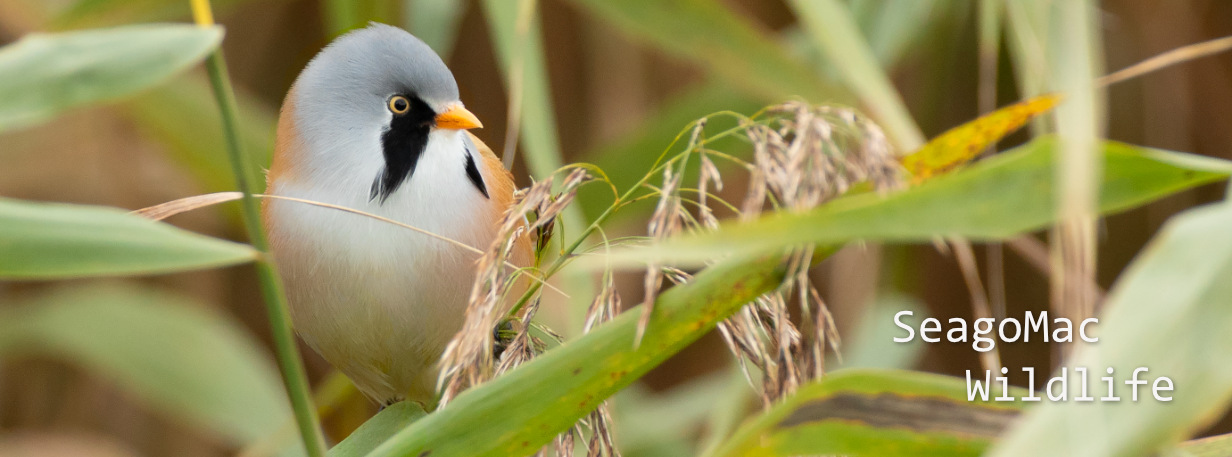Bat Boxes
We are lucky to still have bats flying around the house of an evening. Bats feed on moths so to encourage them we have planted some night-scented flowers such as Honey Suckle and night scented Stock which the moths love. There is a good list on the Sussex Wildlife Trust's website of night-scented flowers that are good for bats here.
We have installed 4 bat boxes on our house on several different aspects of the house. This allows the bats to adjust their roosting temperature at different times of the year. One of our bat boxes is incorporated into the back of our double swift box.
 |
 |
There is some good information on bat boxes on the Bat Conservation Trust's website here.
Remember it is illegal to disturb bats in their roost unless you have a licence, so don't try and look inside the box to see if it is being used. If you want to know if the bat box is being used just look on the ground underneath the bat box. If it is being used you should see signs of their droppings. UK bats eat insects so their droppings contain dried insect remains. The droppings are usually small and black and look a little like mouse droppings. Unlike mouse droppings they contain no moisture so will easily crumble and when crumbled the contents are slightly sparkly.
Listening for Bat echolocation calls
 It isn't easy to tell what type of bat you might have flying around your garden as they fly by so quickly. You can distinguish them by their size and UK Bats have some good information sheets on their website here. They give you the sizes and UK distributions of the 17 species that can be found in the UK.
It isn't easy to tell what type of bat you might have flying around your garden as they fly by so quickly. You can distinguish them by their size and UK Bats have some good information sheets on their website here. They give you the sizes and UK distributions of the 17 species that can be found in the UK.
Another means of identification is to listen to their echolocation calls. Unfortunately our human ears cannot pick up the frequencies that most bats use therefore you will need a bat detector to convert their echolocation calls into sounds that can be heard by a human hear.
We have a bat detector which is a Magenta Bat 5 it is fairly easy to use, here is a extract from the manual:
'When looking for bats, set the frequency to 45kHz. Many different bats echolocate at around this frequency. When looking for a particular species set the control to the appropriate frequency and ‘scan’ the area by pointing the detector in different directions. Ultrasound is very ‘directional’ and the microphone is much more sensitive to ‘head on’ signals than to signals from either side. It is often possible to locate a bat by pointing the detector to the strongest ultrasound long before it can be seen. Once bats are detected, the frequency control can be ‘fine tuned to get the best signal. If there are two relatively close frequency settings that give similar signals, always chose the lower one*. The detector only receives ultrasound, it does not transmit anything that will disturb the bats. The only output is the audible signal from the loudspeaker - which (presumably) is of no interest to the bats even if they could hear it.'
Below is a list of the echolocation frequencies of the 17 species of British Bat:
| Frequency | Bat Species |
|---|---|
20-25 kHz |
Noctule |
25 kHz |
Leisler's |
27 kHz |
Serotine |
32 kHz |
Barbastelle |
39 kHz |
Nathusius's Pipistrelle |
43-46 kHz |
Alcathoe |
45 kHz |
Common Pipistrelle |
45 kHz |
Whiskered |
45 kHz |
Brandt's |
45 kHz |
Daubenton's |
45-50 kHz |
Brown Long Eared |
45-50 kHz |
Grey Long Eared |
50 kHz |
Natterer's |
50 kHz |
Bechstein's |
55 kHz |
Soprano Pipistrelle |
80 kHz |
Greater Horseshoe |
108 kHz |
Lesser Horseshoe |
Here is a sound recording I made of a bat flying around our house using the Magenta Bat 5. I think it is a Common Pipistrelle as it was at 45kHz.











